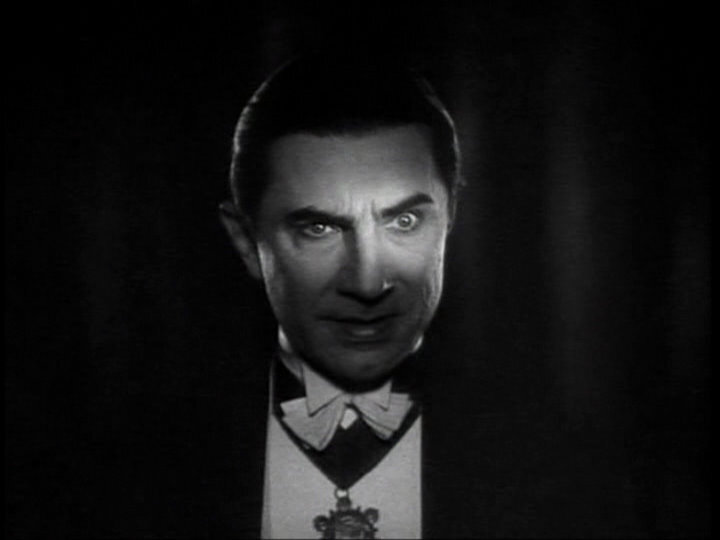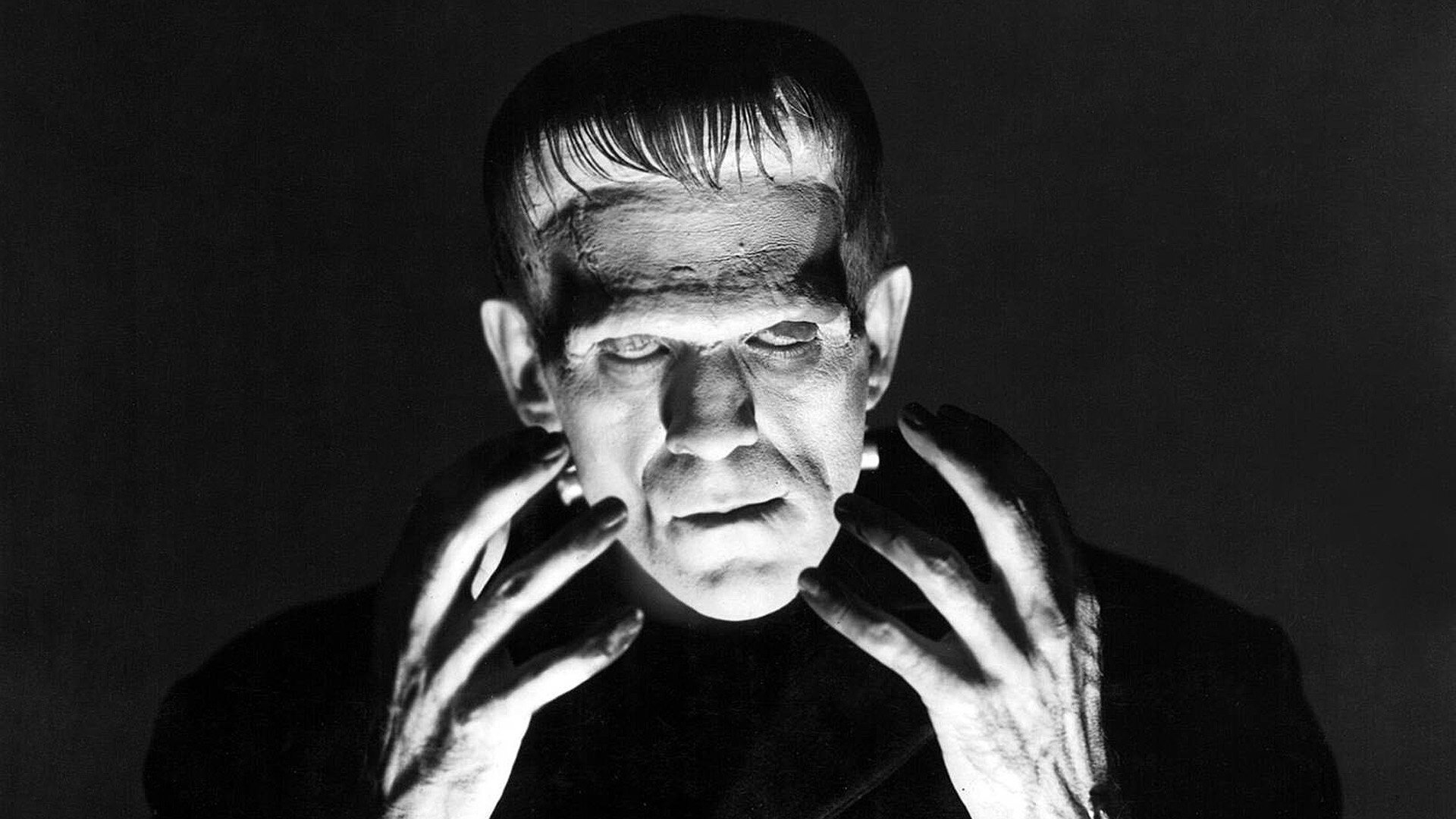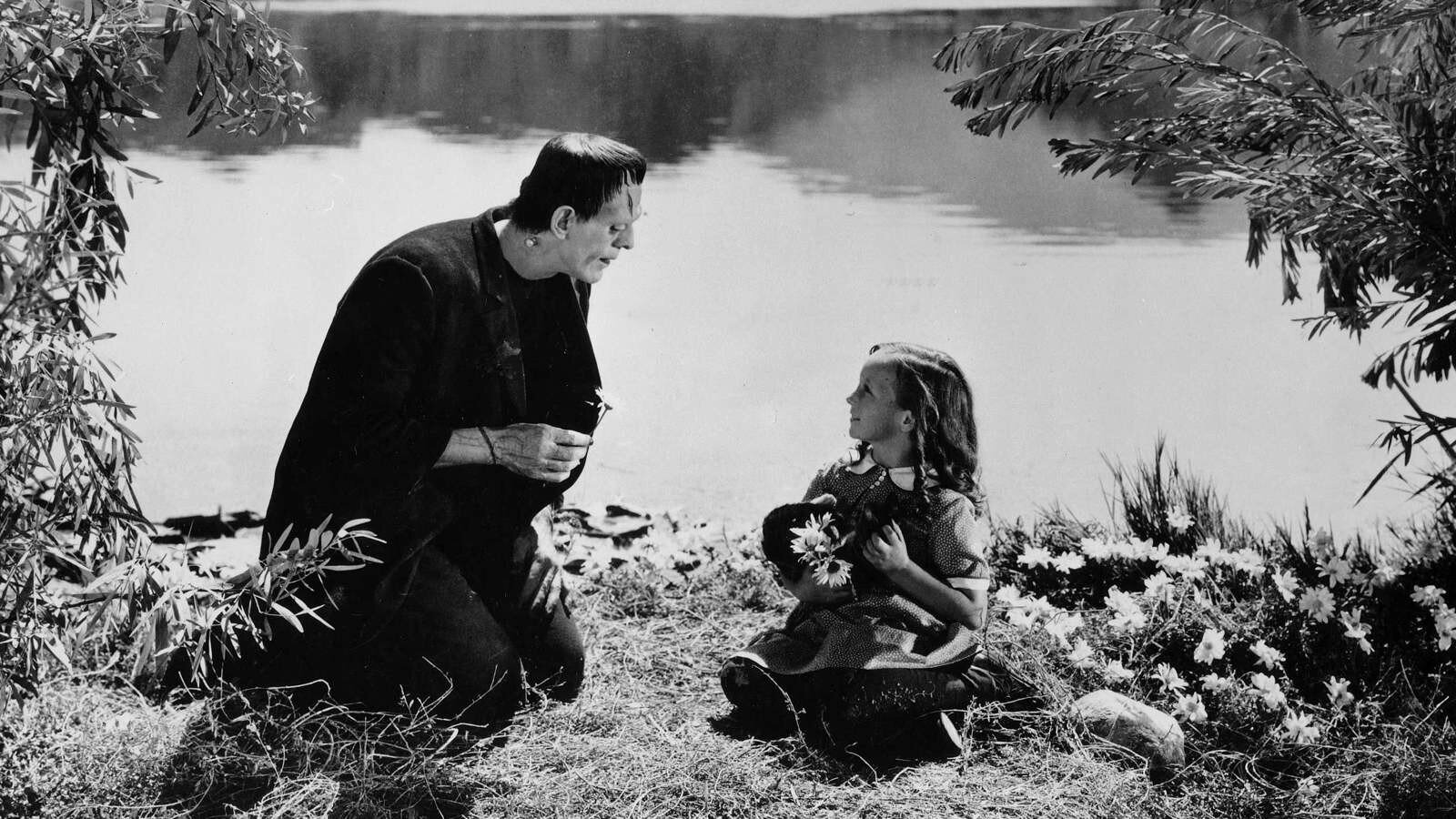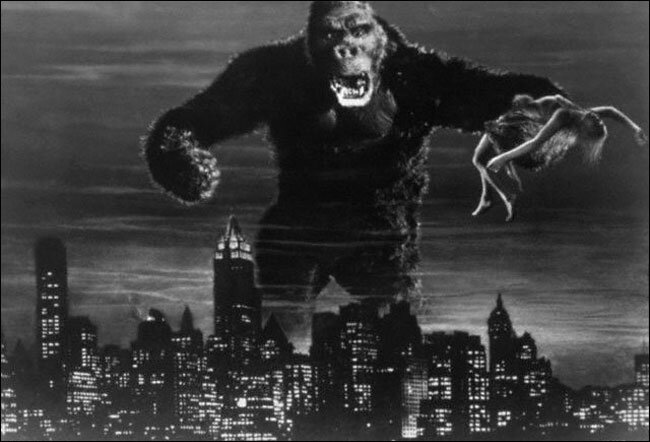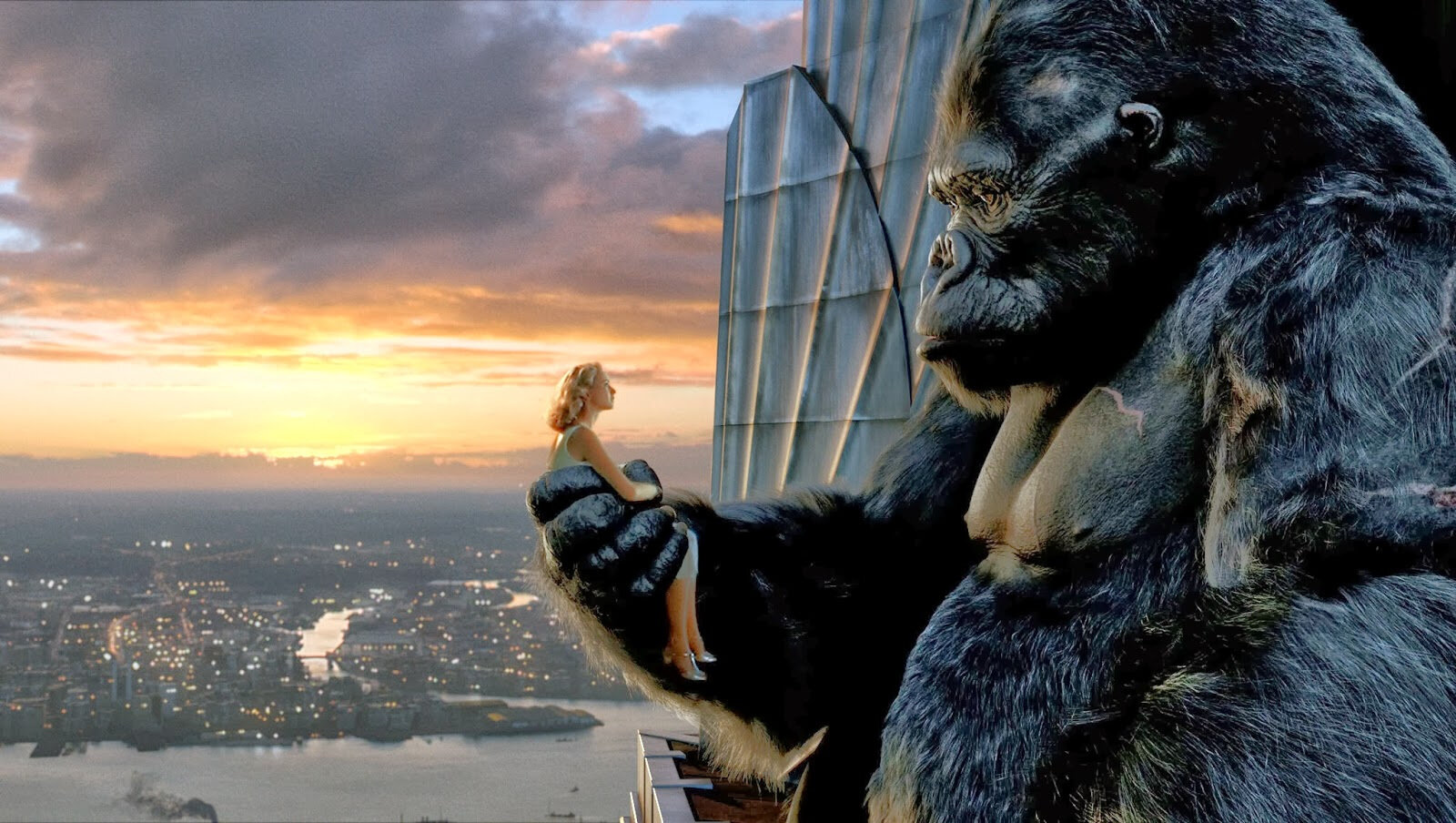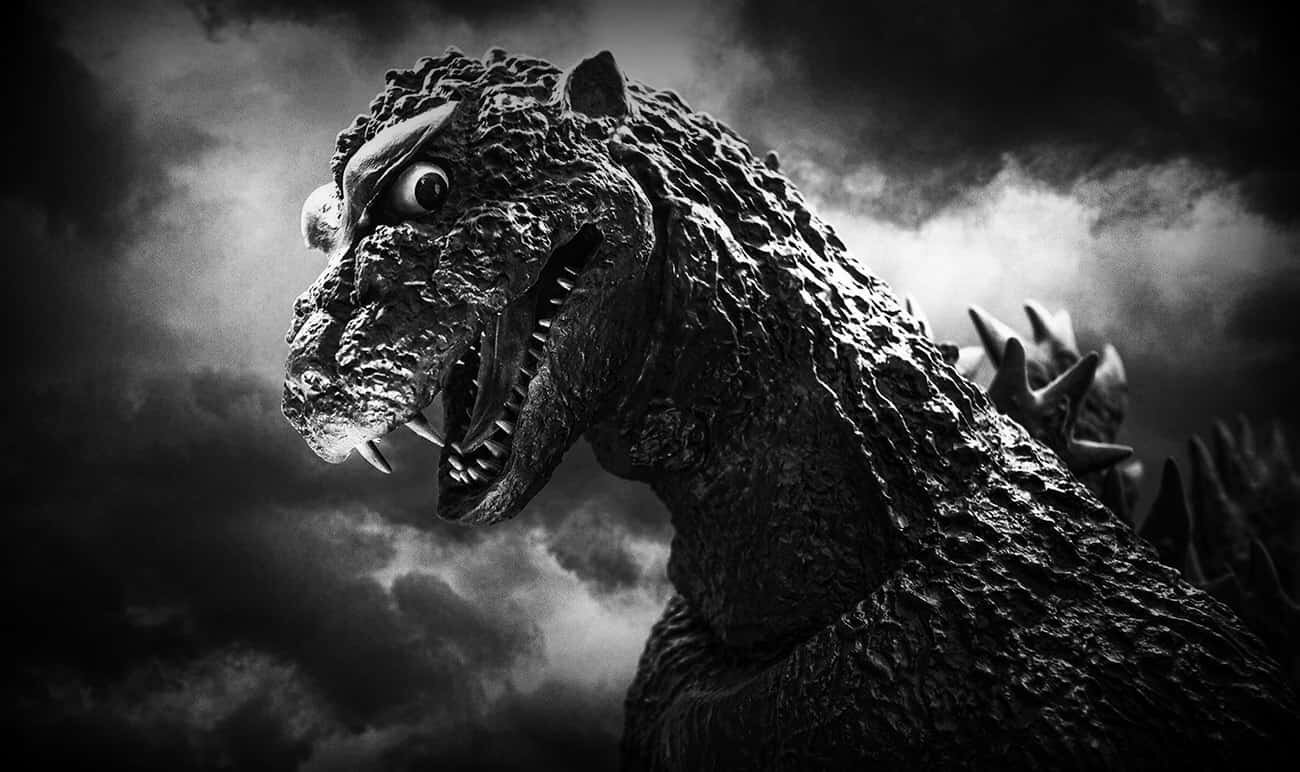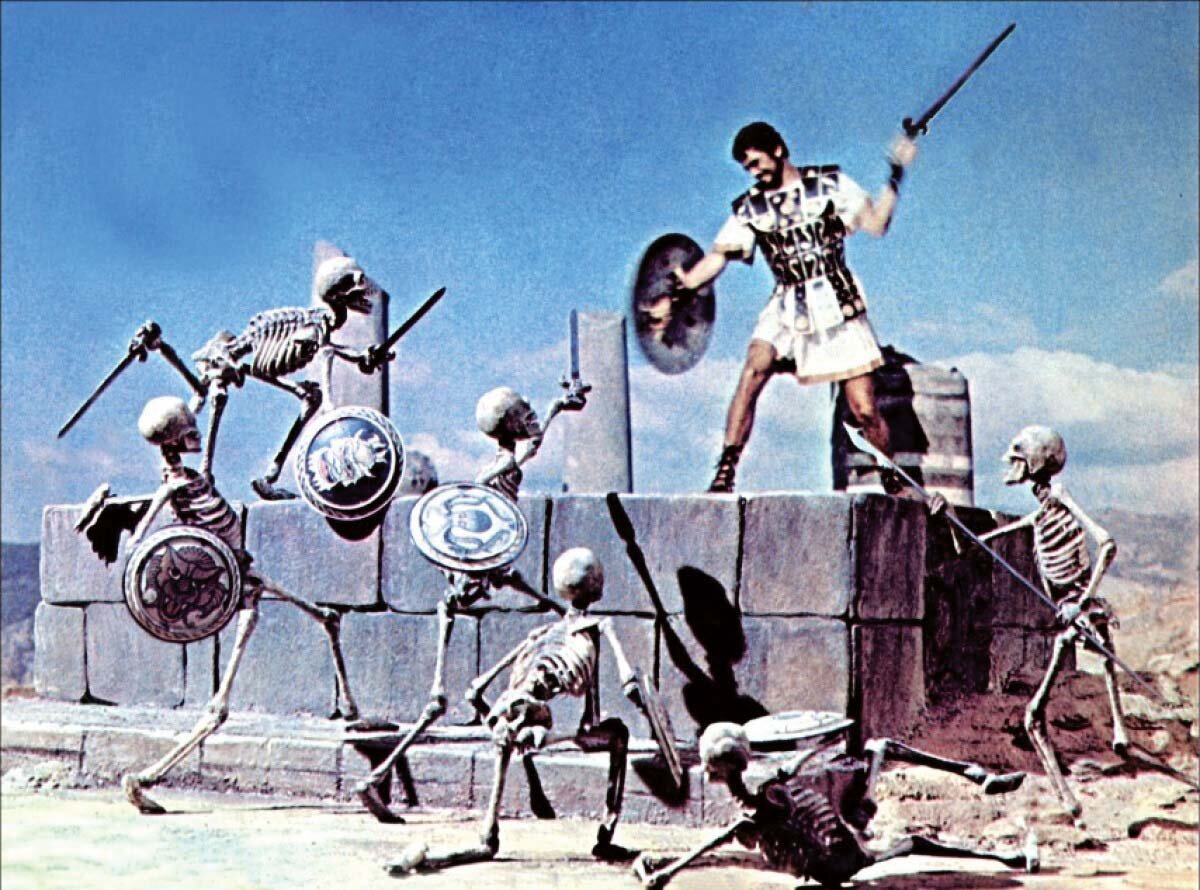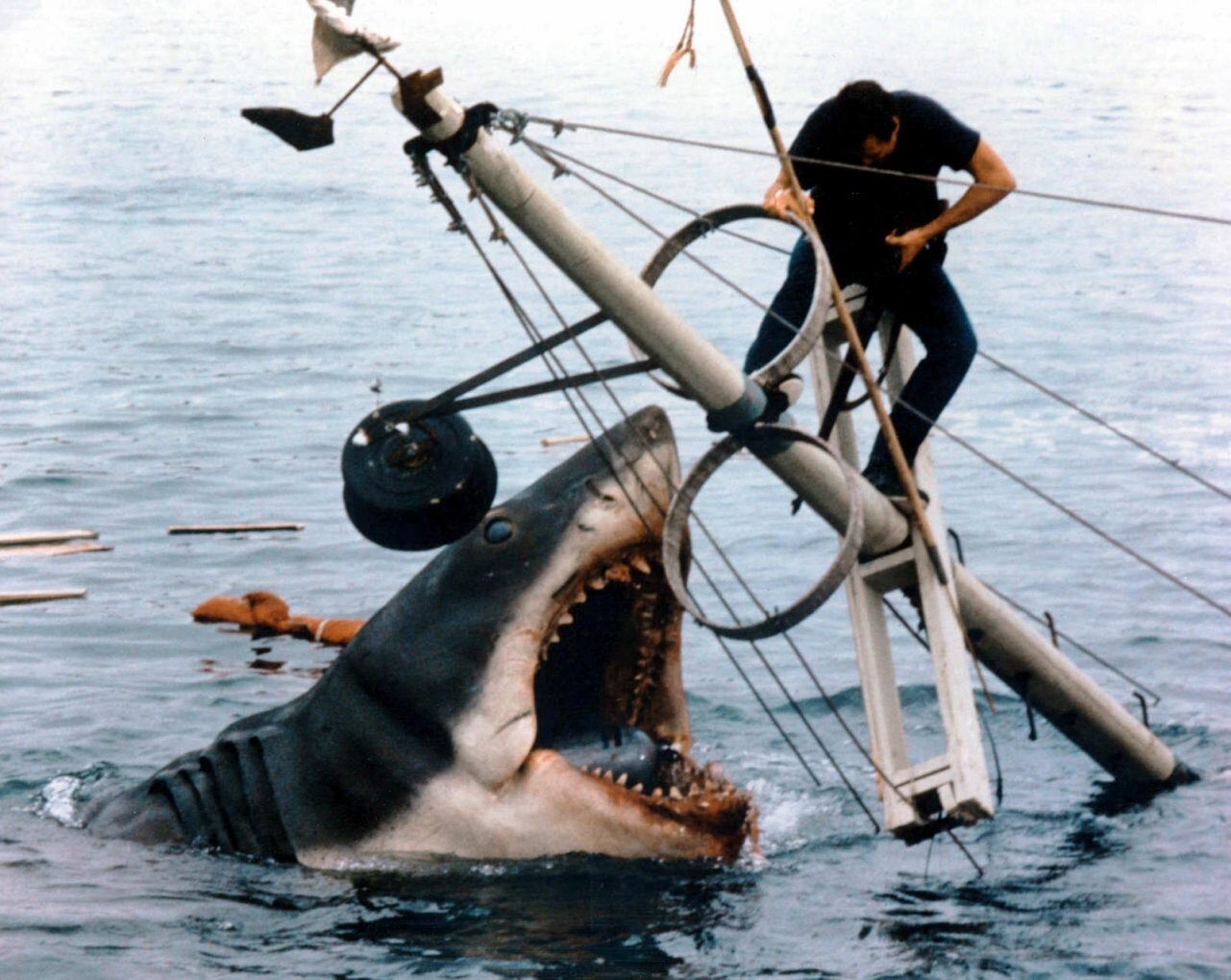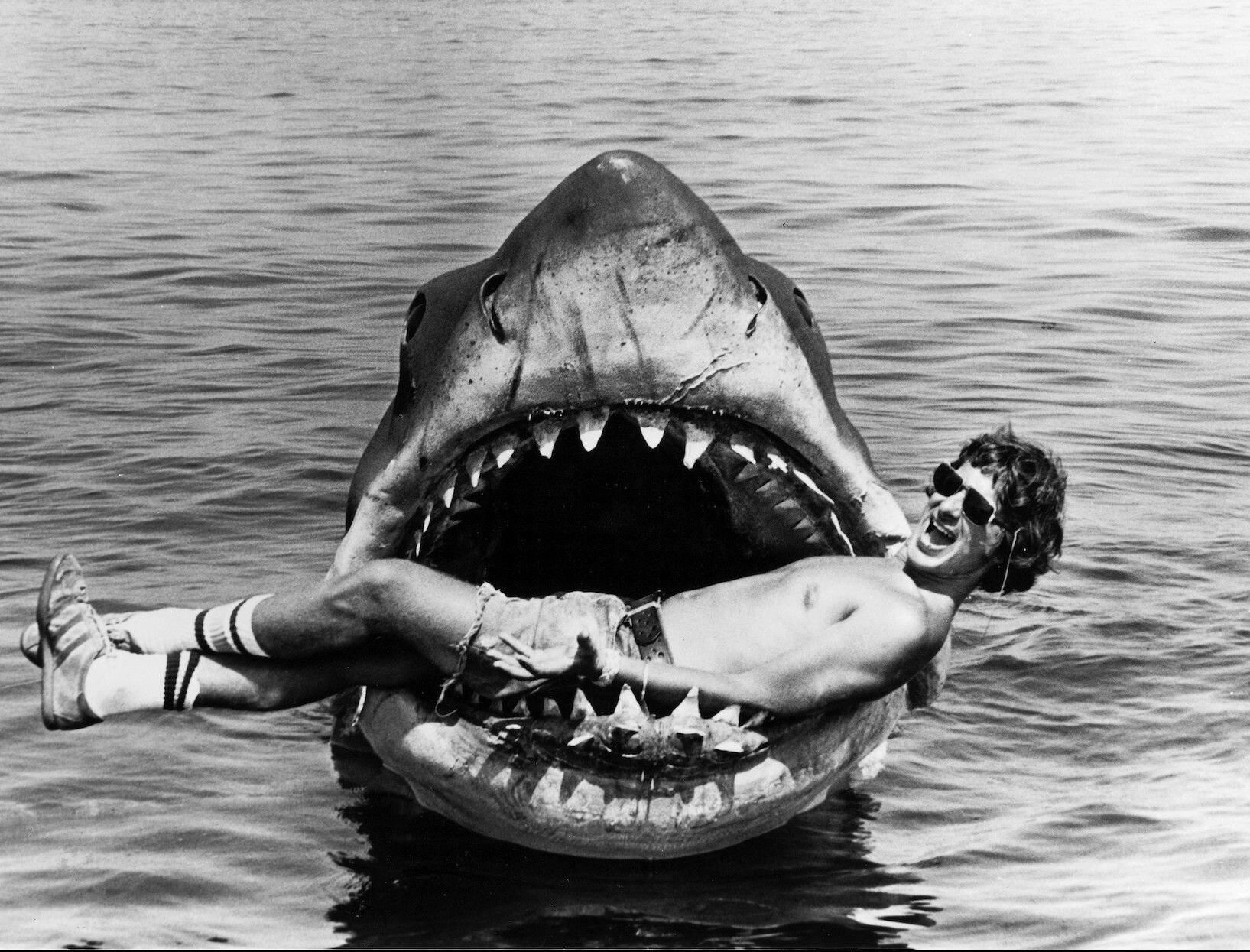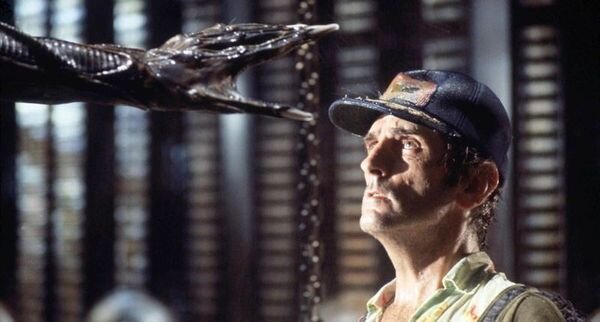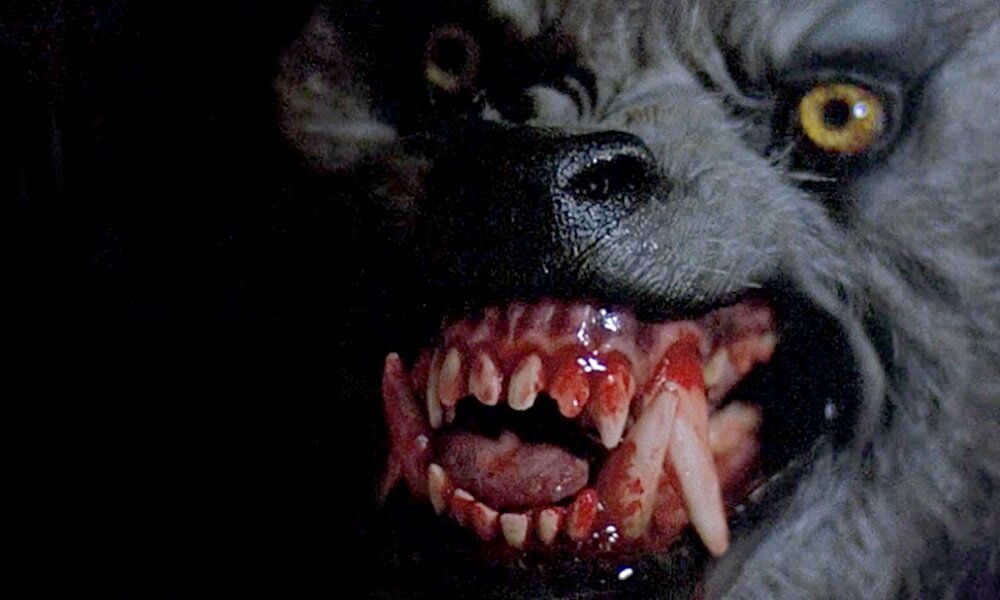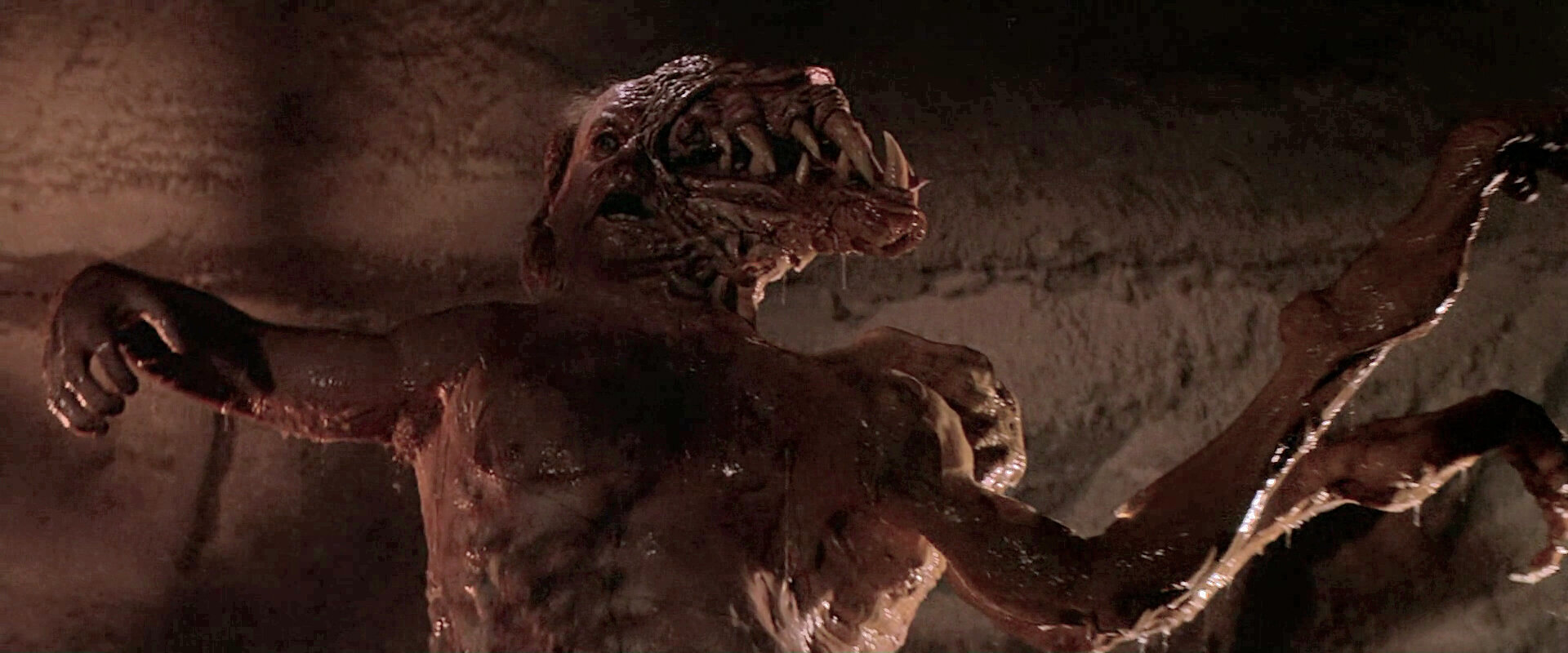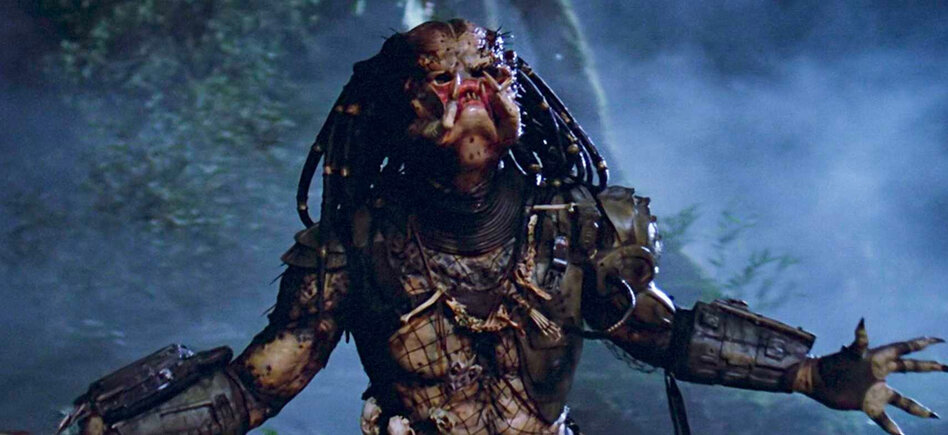Film's Most Iconic Movie Monsters
With the release of Godzilla Vs Kong we look at cinema's most iconic movie monsters ever to grace our (bigger the better) screens.
We take a look at those that have ripped through those cinema screens and into our consciousness, never letting go.
Rather than put them in any order of impact, we've decided to go by original year of release. Hold onto your butts, as we enter through the giant gates of filmdom's most influential and iconic screen monsters.
With the input of Willis O'brien, Ray Harryhausen, Joe Alves, Rob Bottin, Rick Baker and Stan Winston, it reads like a special effects who's who of creature creators that have scared us, scarred us and delighted us for life.
Dracula (1931)
Even if you have never seen the Todd Browning film, or heard Bela Lugosi utter any lines, you will have seen something influenced by it and his performance.
Dracula may not have a reflection but this version casts a long shadow over horror and popular culture's concept of Dracula and vampires in general.
It was also the film that ushered in the Universal Horror classics, and probably saved the studio, which at the time was facing bankruptcy.
A film very much of its time, it can be stagy at times, which is ironic as Lugosi had originally played the role to rave reviews on stage. Not that he was the first choice for the role, that was Lon Chaney, but that man of a thousand faces died before production could begin.
Frankenstein (1931)
Directed by James Whale, we very nearly had a very different Frankenstein's monster (yes, we know the scientist is Frankenstein not the actual creation) as the role was originally offered to Dracula's Lugosi.
That role of course went to Surrey born William Henry Pratt, better known to the world as Boris Karloff.
It was the make up and prosthetics of the creature design that have the lasting impact, shaping the image of the popular monster in our minds forever.
That was created by the legendary Jack Pierce, his work in turn influencing a whole new generation of special effects and creature make up by his work at Universal. He's been a huge influence to many in the entertainment field, including make-up artists Rick Baker and Tom Savini.
King Kong (1933)
As icons go, you don't get much bigger than Kong atop the Empire State Building, being shot at by bi-planes. I remember seeing this when little, and crying hard when he fell to his death.
And Kong's towering impact on cinema? It was on one of its viewers, a young Ray Harryhausen. He saw it aged 13 and was so in awe about how Kong was created that he vowed to learn all about how the stop-motion effects were completed by Willis H. O'Brien. He would go onto to work with O'Brien on Mighty Joe Young (1949).
And let's not forget the music of King Kong by Max Steiner. It's regarded as the first great film score and is the blueprint for all film scores that followed.
It is that influential because it established the very grammar of film music, introducing the writing of themes for characters, something which John Williams has been expert at in everything from Jaws, to Star Wars and Superman: John Williams and Jaws
Fittingly, the eighth wonder of the world, Kong has left cinema and film lovers a truly monster legacy in more ways than one.
That original film was remade in 1976, with one time potential Jaws star Jeff Bridges in a lead role: Who The Cast Of Jaws Could Have Been
It hit cinema screens again in 2005, under the direction of Peter Jackson.
He's then become part of his own monster universe, first in Kong: Skull Island, which is a surprisingly fun romp, and is now putted against Godzilla in Godzilla Vs Kong. Rather fittingly then...
Godzilla (1954)
If the USS Indianapolis hadn't delivered the bomb...the Hiroshima bomb, then perhaps we'd have never had Godzilla.
It's a monster movie with a message, and is less a film about a rampaging dinosaur-like monster destroying a city and more a reflection of Japan having had two nuclear bombs dropped on it.
It was an atomic bomb that awoke Godzilla, and he brings with him the same destructive force as the bom, and that was absolutely something that the audience who saw it upon release could relate to.
According to IMDB, The films American version (which featured inserted shots of Raymond Burr caught up in the action) was cited as inspiration by Steven Spielberg in The Making of Jurassic Park (1993) book. Spielberg described how "Godzilla, of course, was the most masterful of all the dinosaur movies because it made you believe it was really happening". Spielberg would also draw connections to how this film used its monster as a thematic metaphor.
Unlike the time consuming stop motion animation utilised to bring King Kong to life, here we have suitmotion. Which is a posh name for having a man dress up in a suit as Godzilla (we'd even get that in the 1976 King Kong remake).
With over 30 sequels, his gigantic influence cannot be denied on pop culture. An influence Godzuki failed to emulate.
Skeletons from Jason and the Argonauts (1963)
Todd Armstrong may have been the titular star of Jason and the Argonauts, but even as kids we all knew who the real stars of this film were, the monsters.
The were created, of course, by the stop-motion effects legend Ray Harryhausen.
It took Harryhausen a pain-staking four months to produce the astonishing skeleton fight scene, which is on screen for a - and let's make no bones about it - a still, to this day, exhilarating three minutes.
It also had something of a 'Big' impact on Tom Hanks. Post Harryhausen being awarded the Gordon E. Sawyer Award, in lieu of his phenomenal contribution to the film (Harryhausen was our childhoods) at the Oscars' Science & Technical Ceremony in 1992, Tom Hanks, who was hosting the ceremony, said, "Some people say Citizen Kane (1941) or Casablanca (1942). I say 'Jason and the Argonauts' is the greatest movie ever made."
And although it was the fighting skeletons that are the iconic monsters in this, for me it was the giant statue of Talos that scared me whitless as a child, especially when he turns his head for that very first time. For me, in Jurassic Park terms, his is the T-Rex to the skeletons' veliciraptors.
Shark from Jaws (1975)
We all know that Bruce (fondly named after Steven Spielberg's lawyer, Bruce Ramer) may not have always been the most reliable of performers, but when he did what he was supposed to do, he was the perfect engine. An eating machine.
And there is no denying that he certainly looked the part, and that is down to production designer, Joe Alves.
Nothing had ever been attempted on this scale before, and Spielberg didn't want miniatures, he wanted a 25 foot working model. It's also hard to imagine that originally, the studio was hoping to train a real shark for the film.
To help build the fake shark, Alves hired Bob Mattey, for years head special effects man at Walt Disney. Bob created that other big screen monster icon, the giant squid for 20,000 Leagues Under the Sea (1954).
He may not be as big in the monster stakes as Godzilla or King Kong, but the huge cultural impact of Jaws still resonates.
Upon release in 1975, it’s estimated that an astonishing 67 million Americans saw it on the big screen. Little wonder it only took 38 days for it to swim past the magic $100 million barrier.
Not a bad record for four minutes of actual screen time. Discover more about Jaws here: 45 Years Of Jaws
Alien (1979)
The Ridley Scott film is a haunted house movie in space and delivers not just tension in spades, but also a stunning creature that has haunted our nightmare and screens ever since. The Xenomorph.
It's haunting design is thanks to Swiss surrealist and artist H. R. Giger, although the practical effects for the Alien head were designed and built by Carlo Rambaldi, who had worked with Spielberg earlier in the decade on Close Encounters of the Third Kind (1977) and would go onto create an alien of a more benevolent kind to Alien with E.T. - the extra terrestrial. He also worked on the effects for the King Kong remake in 1976.
Could you imagine the two two aliens switching places? I'd love to see a drunk xenomorph nicking beers from the fridge and him riding in Elliot's basket.
And of course, how could we forget that Alien was originally pitches as 'Jaws in space'. Here's when we looked at the similarities to the two iconic movie monsters with memorable mouths: Alien - Jaws in Space
Werewolf from An American Werewolf in London (1981)
Sure, there had been plenty of big screen werewolves before, but these had mostly been men with hair stuck on their faces. With the boundaries being pushed in the world of special effects it was perhaps no surprise that we saw both this and The Howling (1981) released in the same year.
It's funny and it is scary in equal measure, but what really sets it apart is its transformation scene. It takes place not in the shadows but in the centre of a well-lit living room. It looks and feels painful, it's a transformation scene that has never been surpassed.
The Academy Awards also felt it pretty special, as its creator, Rick Baker, won the very first Oscar in the category for Best Makeup and Hairstyling in 1981. There was certainly lots of makeup and hair.
The film's director, John Landis, also helped during the filming of the pier incident scene in Jaws: Behind The Screams: The Jaws Pier Incident
The Thing (1982)
Practical effects perhaps reached their nadir with John Carpenter's The Thing, which saw Rob Bottin (The Howling) deliver a set of grizzly, inspiring effects that still hold their impact to this day.
Each time the alien from The Thing jumped from one person to the next, we got a different creature and different effects tour de force.
Each topping the insanity of the last, separately any one of them would linger but together they create a lasting symphony of horror for creature effects.
Surprising now, but The Thing bombed at the box-office, which has largely been put down to its less than upbeat story and the fact adorable aliens were in with E. T.
It has since been re appraised as a classic of the genre, and showcases how a remake - its source novel Who Goes There? was originally filmed as The Thing From Another World (1951) - can be a success.
Predator (1987)
Stan Winston had helped with the dog effects in The Thing and would go onto become synonymous with The Terminator, the alien queen in Aliens and the T-Rex in Jurassic Park.
Taking a leaf out of the 'less is more' Jaws book of filmmaking, the Predator is only seen on screen for a total of eight minutes - well, he does have that handy cloaking device.
Originally, the Predator role was played by Jean-Claude Van Damme, but he kept fainting due to the heat in the costume. That was totally designed with the iconic design we have today and the role was taken by the much taller, 7ft 2, Kevin Peter Hall.
Hall would also play Harry in Harry and the Henderson that same year, that would win Rick Baker another Oscar for hair and makeup.
Are there any iconic movie monsters that should have also been on this list? Let us know in the comments.
Words Dean Newman
If you would like to write for The Daily Jaws, please visit our ‘work with us’ page
Follow The Daily Jaws on Facebook, Twitter, instagram & TikTok

